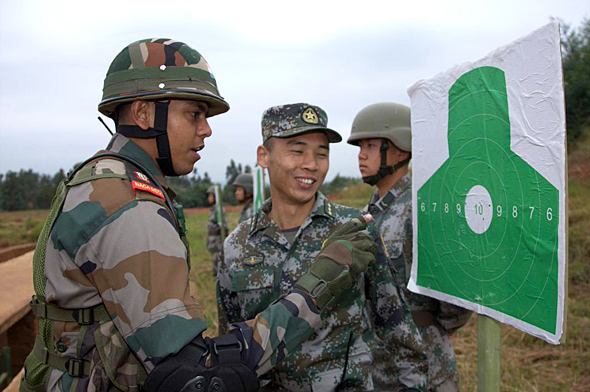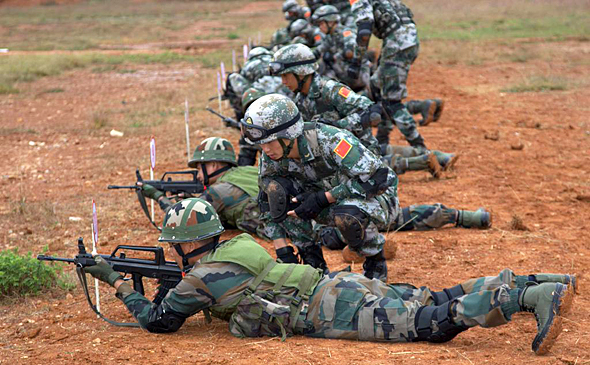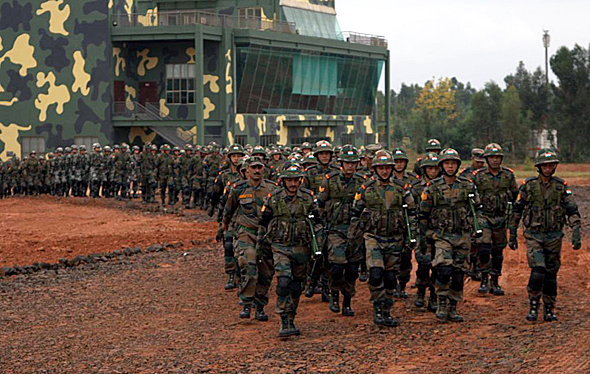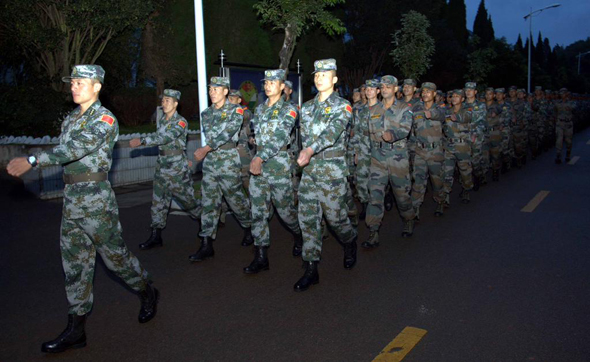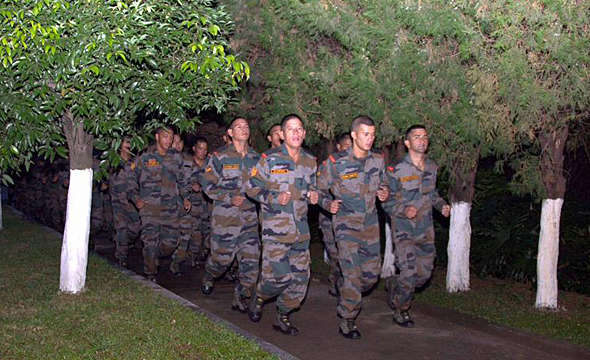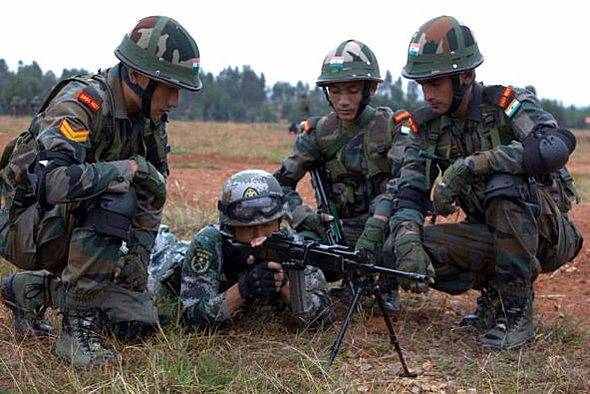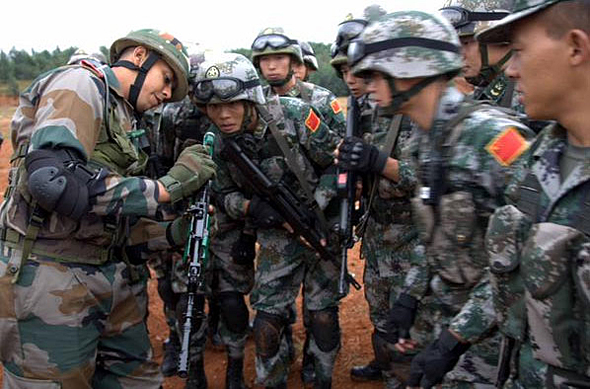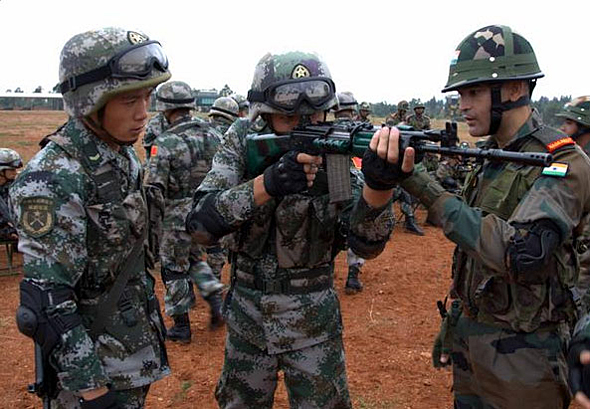INDIAN ARMED FORCES CHIEFS ON OUR RELENTLESS AND FOCUSED PUBLISHING EFFORTS

The insightful articles, inspiring narrations and analytical perspectives presented by the Editorial Team, establish an alluring connect with the reader. My compliments and best wishes to SP Guide Publications.

"Over the past 60 years, the growth of SP Guide Publications has mirrored the rising stature of Indian Navy. Its well-researched and informative magazines on Defence and Aerospace sector have served to shape an educated opinion of our military personnel, policy makers and the public alike. I wish SP's Publication team continued success, fair winds and following seas in all future endeavour!"

Since, its inception in 1964, SP Guide Publications has consistently demonstrated commitment to high-quality journalism in the aerospace and defence sectors, earning a well-deserved reputation as Asia's largest media house in this domain. I wish SP Guide Publications continued success in its pursuit of excellence.
- Operation Sindoor: Resolute yet Restrained
- India’s Operation Sindoor Sends a Clear Message to Terror and the World – ‘ZERO TOLERANCE’
- Japan and India set forth a defence cooperation consultancy framework, talks on tank and jet engines
- Terrorist Attack in Pahalgam in Kashmir: Unfolding a long surgical war against PAK
- Lt General Pratik Sharma takes over Command of Indian Army's Northern Command
Fifth Joint India — China Counter Terrorism Exercise
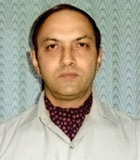 |
By Lt General V.K. Kapoor (Retd) |
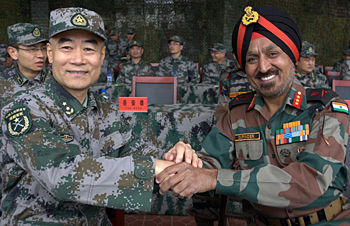
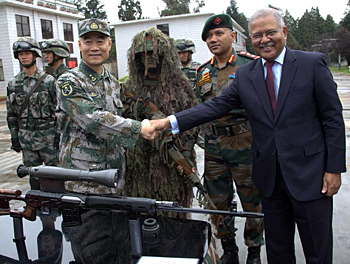
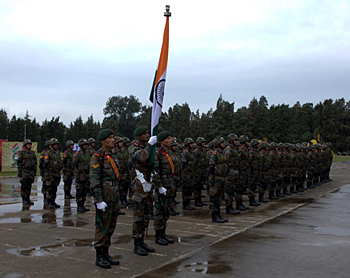
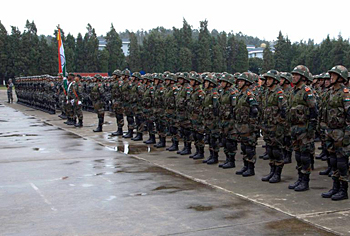
The fifth joint counter terrorism exercise by troops of the Indian Army and China’s PLA got underway on 12 October 2015. The exercise termed "Hand-in-Hand 2015" will terminate on 23 October 2015. This time the exercise is being held in Kunming in China. The first such exercise was held in southwest China's Yunnan Province in 2007, followed by an exercise in Belgaum in Karnataka a in 2008. The third round was held in southwest China's Sichuan province in 2013, followed by the fourth exercise in Pune in 2014.
India for the first time fielded troops from Naga Regiment to take part in the exercises. A contingent of 175 troops from 2nd Battalion of Naga Regiment from Eastern Command reached Kunming by IAF IL-76 aircraft yesterday to take part in the exercise. On the Chinese side troops from 14 Corps of China's Chengdu Military Region, which focuses on borders with India are taking part in the exercise. Troops of both sides will undergo intensive joint training, which will include displays, demonstrations, and a comprehensive joint exercise. The purpose of the exercise is to develop joint operating capability, share useful experience in counter-terrorism operations and to promote friendly exchanges between the armies of India and China, the press release said.
Observer groups of both armies witnessed an impressive opening ceremony at Dabanqiao Training Base of 14 Group Army at Kunming on 12 October 2015. Indian Ambassador to China Ashok K Kantha and Head of Observer’s Delegation Lieutenant General Surinder Singh attended the meeting and addressed the participating troops. From the Chinese side, Lieutenant General Zhou Xiaozhou addressed the participating troops.
These exercises are all a part of the confidence building measures which have been instituted in the past few years to overcome the “ trust deficit” between the two countries. The two armies have already operationalised their fifth border personnel meeting (BPM) point at Daulat Beg Oldi last month, which adds to the existing ones at Chushul (Ladakh), Nathu La (Sikkim), Bum La and Kibithu (Arunachal). Additional BPM points, the border defence cooperation agreement inked in October 2013 and proposed hotlines between top commanders are all designed to bridge the trust gap between the two armies ranged against each other along the 4,057-km line of actual control (LAC).
India’s wariness to China’s activities in the region is understandable even though there has been no firing along the LAC now for many decades. The PLA’s fast pace of military modernisation and acquiring potent trans-border, space and cyberspace military capabilities at such a rapid pace together with its strategic partnership with Pakistan and assistance given to Pakistan in the nuclear and the conventional military fields, and its presence in POK, clearly indicate a nexus which makes India wary of their long term intentions. Some analysts feel that China is primarily trying to counter the ongoing "rebalance" of US military forces to the Asia-Pacific. However the expanding footprint of Chinese nuclear and conventional submarines in the Indian Ocean Region over the last year has also served to accentuate the concerns in India.
Joint military drills between China and India will "surely promote bilateral collaboration", said an opinion piece in China’s state-run Global Times. "In order to match Chinese troops' combat skills, officers and soldiers from elite Indian forces are drafted into the exercise. As always, Western public opinion is paying close attention to Sino-Indian military ties, as well as the impact of the Sino-Indian border disputes on Asian geopolitics," wrote Wang Dehua, who is director of Institute for the Southern and Central Asian Studies at the Shanghai Municipal Center for International Studies.
Wang went on to further state said that in his view, "a joint military exercise is a barometer of bilateral relationships”. Commenting on the doubts expressed in western media Wang added - “As a new measure of establishing mutual trust, there is no point in making a fuss over the drill. Confrontations in recent years were not created on purpose, but happened by accident. Leaders from both China and India have consensus and enough means to take divergences under control”.
